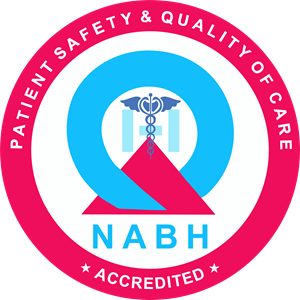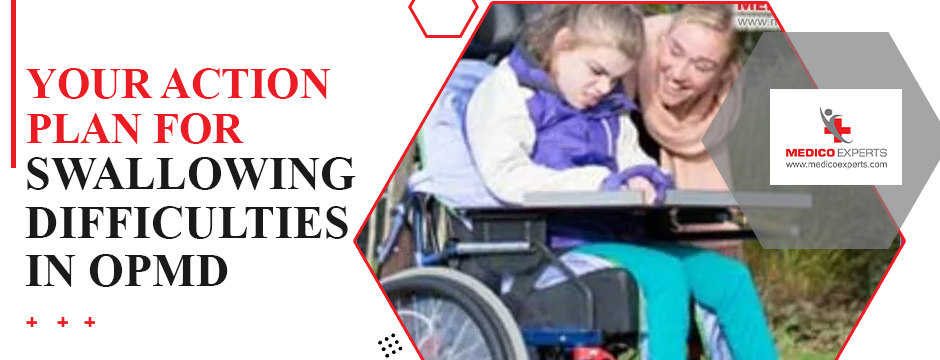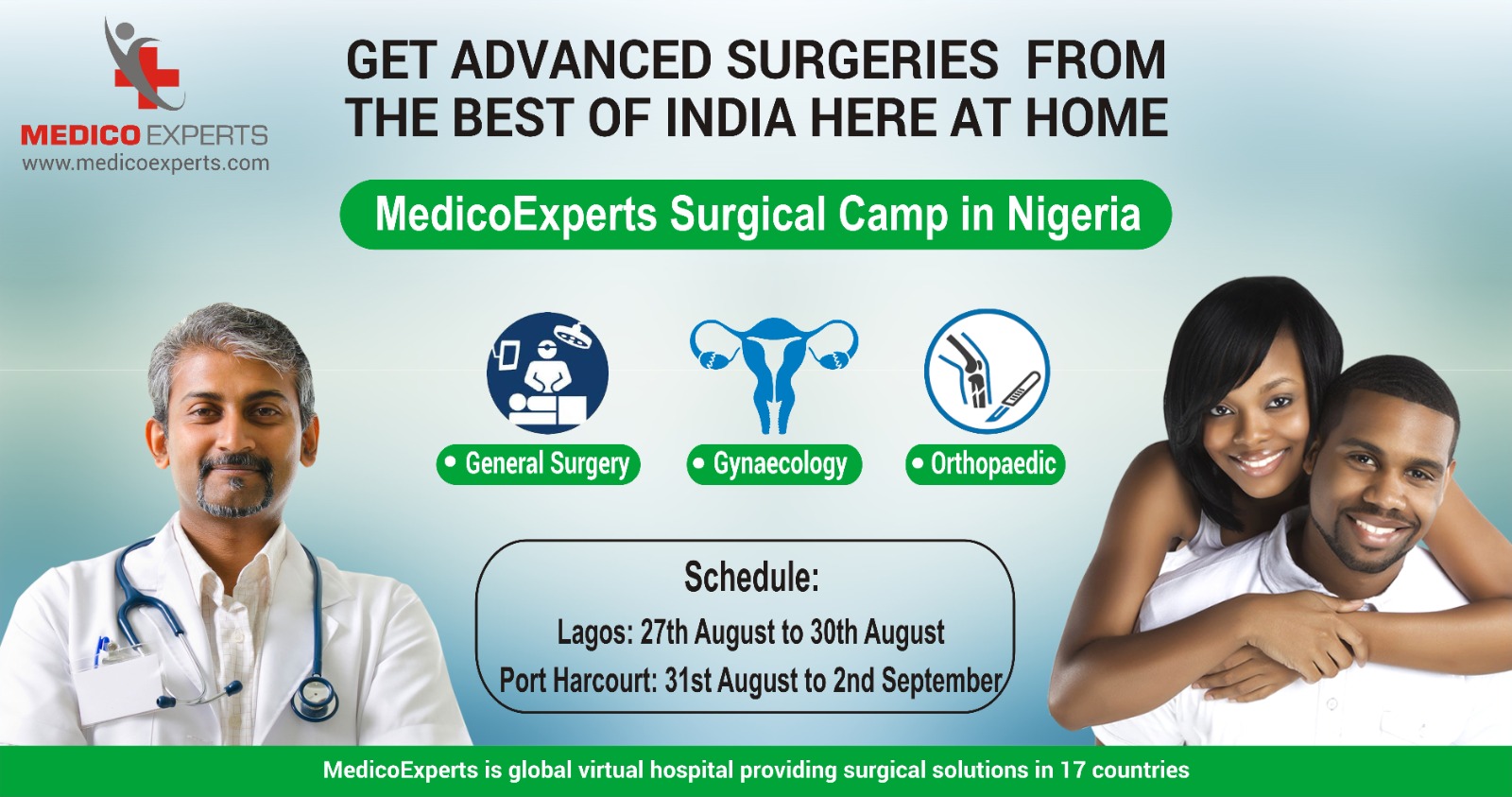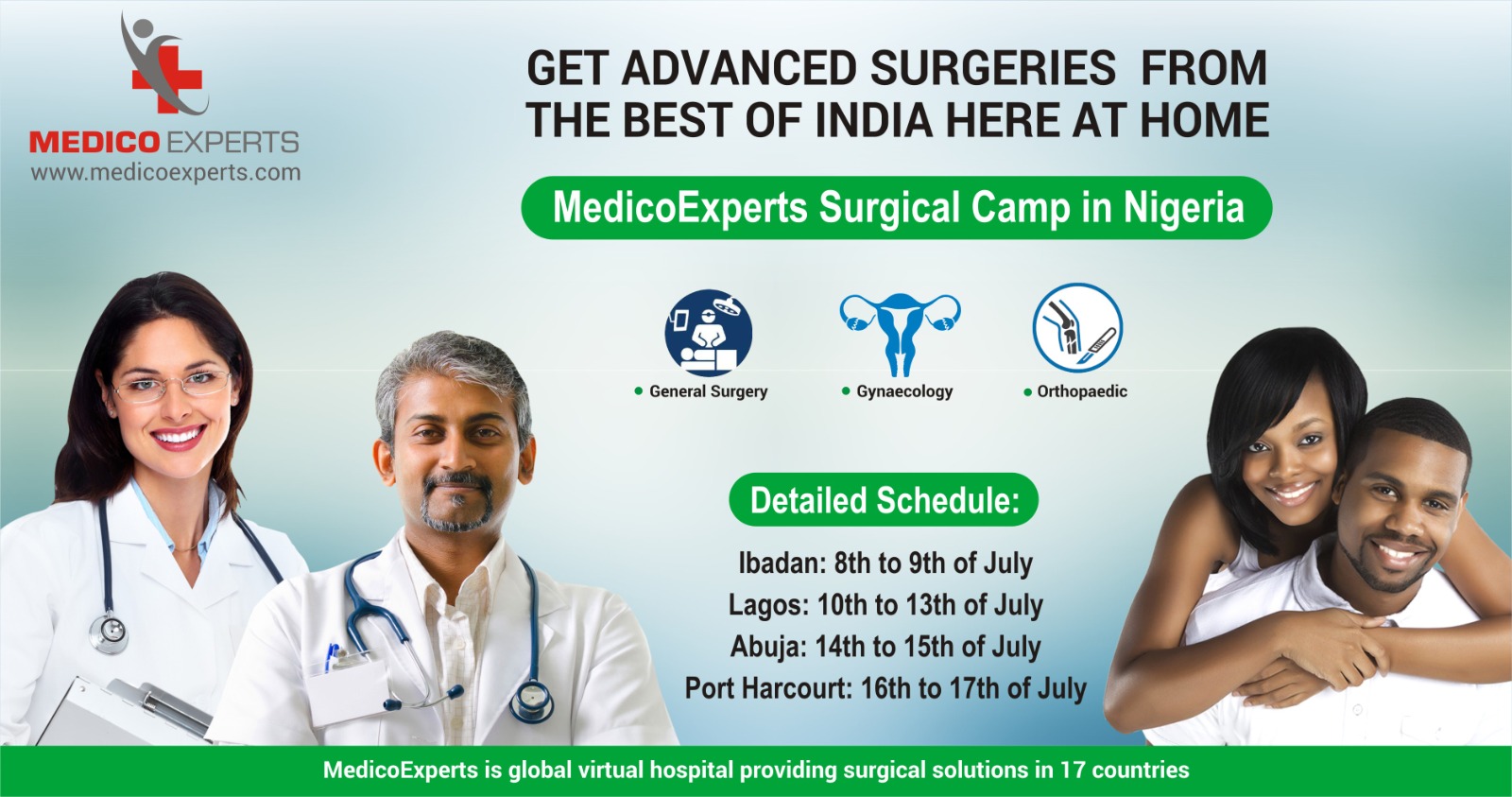Think about a situation where you are having your favorite meal with your family, but working hard with every bite as swallowing, which is a normal physical activity for a person, has become an exceptionally hard task for you. That is the everyday reality for people living with Oculopharyngeal Muscular Dystrophy (OPMD), a rare genetic neuromuscular disorder that typically manifests itself after age 40.
Perhaps the most prominent symptom of OPMD is dysphagia (swallowing difficulty), which gradually intensifies over the years. This is uncomfortable and affects the patient’s nutrition, hydration, and general well-being. Patients with OPMD experience severe complications such as choking, aspiration pneumonia, malnutrition, and weight loss, which make daily meals a health risk rather than a source of sustenance.
Traditional treatments like speech therapy aim at symptom management, but stem cell therapy addresses muscle degeneration at a cellular level. This therapy has the capability to restore muscle function, enhance swallowing capacity, and radically improve quality of life.
Swallowing Issues in OPMD
Most people don’t realize how simple and automatic swallowing usually is until it becomes difficult. Swallowing is actually a highly coordinated activity involving the tongue, the throat, and the esophagus. In Oculopharyngeal Muscular Dystrophy (OPMD), muscle weakness slowly affects the coordination needed for swallowing, making it harder to swallow.
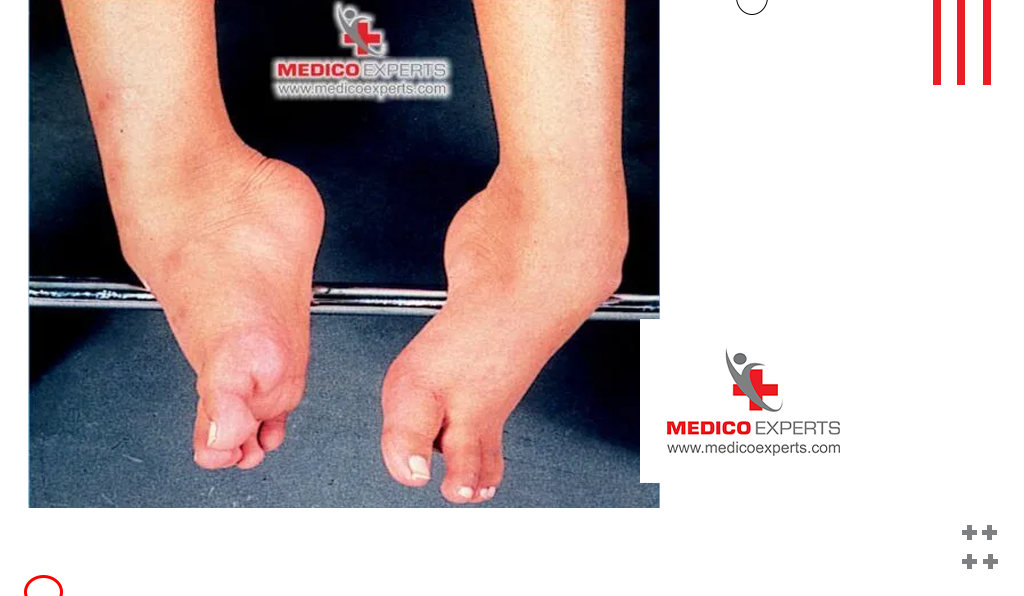
Common Symptoms of Dysphagia in OPMD:
Let’s learn about the common symptoms of OPMD:
- Difficulty in the initiation of the swallowing reflex
- Choking at times while eating or drinking
- Pneumonia when food or liquid goes down “the wrong pipe”
- Nasal regurgitation-food or liquid coming back up through the nose
- Appetite that takes an eternally long time to eat
- Involuntary weight loss due to inadequate oral intake
These symptoms may worsen each day, carrying with them dire health consequences.
Complications From Swallowing Problems
Swallowing problems in OPMD may eventually give rise to complications if not properly managed. One of the worst is aspiration pneumonia.
What is Aspiration Pneumonia?
Aspiration pneumonia occurs when food, water, or saliva is accidentally inhaled into the lungs rather than entering the digestive tract, leading to an infective condition. In OPMD, muscles supporting swallowing are weak, which predisposes this dangerous outcome.
Symptoms of aspiration pneumonia may include:
– Difficulty in breathing
– Coughing that won’t go away
– Chest pain
– Fever or extreme tiredness
If untreated, aspiration pneumonia may threaten life.
Risk Management
As OPMD worsens, some individuals may require a feeding tube to maintain adequate nutrition. However, many people can eat safely, with reduced risk of complications such as aspiration pneumonia, with an appropriate diet, swallowing techniques, and medical support.
Helpful Tips to Cope to Manage Swallowing Difficulties
In this section, let’s discuss some helpful tips to manage swallowing difficulties.
1. Diet
A manageable diet means an easier and safer swallowing process for patients with OPMD. The goal is to maintain adequate nutrition while preventing aspiration and choking.
- Soft and moist foods: Choose foods like mashed potatoes, soups, yogurt, and scrambled eggs—as you know, all of them are simple to chew and swallow.
- Thickened liquids: Water puts patients at risk for aspiration, so thickening agents are useful to make liquids more swallowable.
- Small and frequent meals: This involves smaller amounts and numerous eating times so that not much energy is consumed, and swallowing becomes manageable.
- Avoid dry and crumbly foods: Other more common foods offer less risk of aspiration and choking than taking crumbles or dry foods: crackers, bread, and rice.
- Modify food textures: In several cases, this may include pureed foods to assure safe swallowing practices.
2. Swallowing Techniques and Postural Adjustments
Different methods and body positions for swallowing can help minimize aspiration and enhance safe feeding practices.
- Chin-tuck maneuver: Tucking the chin while swallowing can help close off the airway and prevent food from going in.
- Head-turn technique: By turning the head to one side, food can be diverted from the weakened throat muscles.
- Swallowing exercises: A speech therapist’s prescribed targeted exercises for strengthening the throat muscles can enhance function.
- Sitting upright while eating: Sit upright for at least 30 minutes after eating to decrease the chances of reflux and aspiration.
- Slow, mindful eating: Eating slowly and in smaller bites can minimize the chances of choking and fatigue.
3. Speech and Swallow Therapy
With a focus on swallow treatment, speech-language pathologists (SLPs) offer personalized approaches to treat dysphagia in OPMD patients .
- Effortful swallowing exercises: The therapist Concentrates on strong swallowing that maximizes pharyngeal muscle strength for better food propulsion.
- Shaker exercise: During this exercise the therapist raises the head while in a supine position, strengthening the muscles involved in swallowing.
- Neuromuscular electrical stimulation: Electrical stimulation therapy helps some OPMD patients by strengthening the muscles in their throat .
4. Medical and Surgical Actions
When conservative and regular measures are not enough, the patient may need to undergo medical intervention to maintain adequate nutrition and respiratory health.
- Botulinum Toxin Injections: Muscle spasms and better swallowing effectiveness are reduced.
- Cricopharyngeal Myotomy: This surgical procedure is done to relax muscles in the throat to allow easier swallowing.
- Blepharoptosis Repair: This will help to improve vision in patients with droopy eyelids, which is an accompanying symptom of OPMD.
- Feeding Tubes—PEG and NG Tubes: In most cases, a PEG tube might have to be inserted for adequate nutrition.
Stem Cell Therapy: A Promising Future for OPMD Patients
Although traditional treatments concentrate on symptom control, stem cell therapy offers a groundbreaking method for regenerating muscle tissue damaged by OPMD.
How Does Stem Cell Therapy Work?
Stem cells can differentiate into myogenic cells, which can regenerate and repair degenerated pharyngeal and facial muscles. By injecting bone marrow-derived mesenchymal stem cells (MSCs) into targeted muscles, scientists hope to restore muscle function and enhance swallowing capacity.
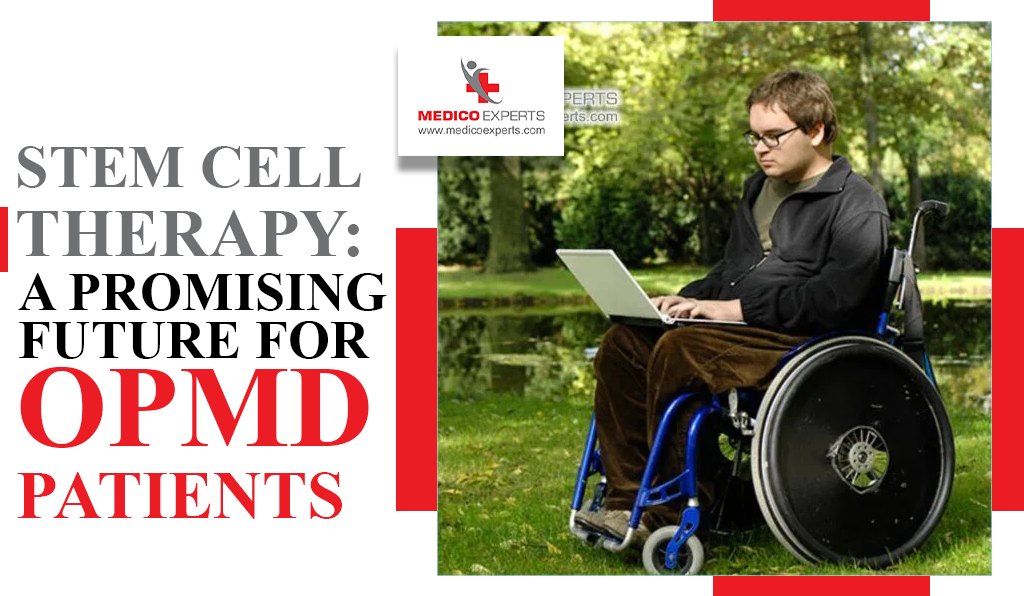
Potential Advantage of Stem Cell Therapy for OPMD Patients
Muscle degeneration is the main cause of OPMD and stem cell therapy is an effective option to address this. Regeneration of damaged muscle tissue causes several significant effects:
- Muscle regeneration: Stem cells rebuild weakened pharyngeal and facial muscles. This improves strength and function.
- Better swallowing and speech: Strengthening of the muscles helps in swallowing and speech, making it easier and more controlled.
- Less choking and aspiration: Improved muscle coordination reduces the chances of food going down the airway.
- Better digestion: Safer swallowing leads to better digestion and nutrient absorption.
- Delay of feeding tube dependency: Stronger muscles either avoid or put off the need for a PEG or NG tube.
Stem cell therapy not only treats symptoms but also has the capacity to restore function. This could be life-altering for individuals suffering from OPMD.
Conclusion: Living Well with OPMD
Treating swallowing difficulties in OPMD involves different steps: like changing your diet, doing swallowing exercises and taking medicines if needed. With appropriate lifestyle changes and the best available treatment options, patients with OPMD will eat better, experience fewer complications, and improve their quality of life substantially.
New developments in stem cell therapy gives hope that it may help rebuild weakened muscles and make swallowing easier for people with OPMD. Although still in research, stem cell treatment shows a lot of promise in making symptoms better and helping people live more comfortably .
For those looking for the latest treatment, India is still a preferred destination for state-of-the-art stem cell therapy, providing top-notch care at a fraction of the cost of Western nations.
Take Action Today
If you or your loved one has trouble swallowing due to OPMD, you can talk to a doctor. New treatments like stem cell therapy may help.

